-
Which Foods Contain Carbohydrates
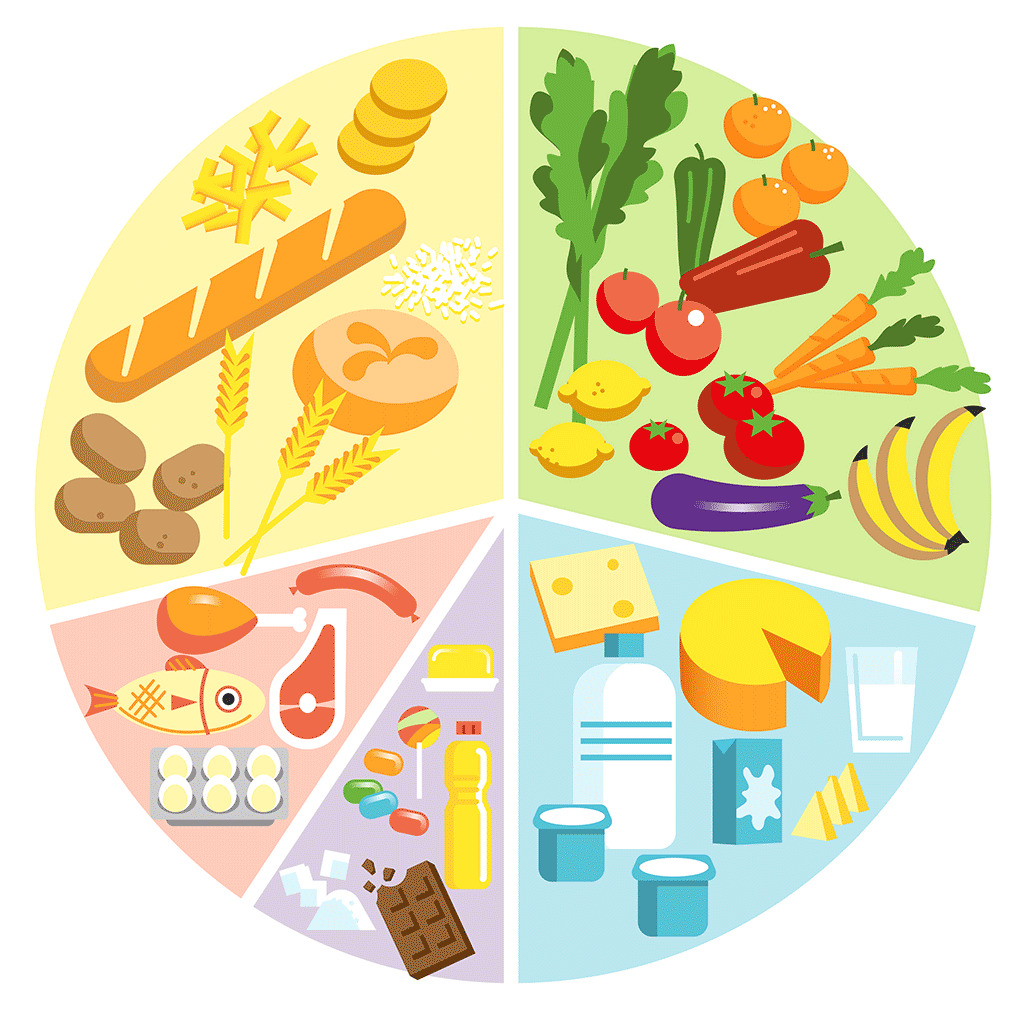
Which Foods Contain Carbohydrates? The first step in carbohydrate counting is to figure out which foods contain carbohydrates. Here’s a list of foods that contain carbohydrates: Grains like rice, oatmeal, and barley, freekeh, bulgur, wheat, quinoa, buckwheat… Grain and flour based foods like bread, cereal, pasta and crackers, pizza, pastries Starchy vegetables like potatoes, sweet…
-
What If Your Blood Glucose Is Low Before You Eat?

What if Your Blood Glucose is too Low Before You Eat? If your glucose level is lower than your target range, treat the low first. Eat something with 15 grams of carbs, wait for 15 minutes, and check your blood glucose again. If it’s still below target, have another 15 grams of carbs. Repeat until…
-
What If Your Blood Glucose Is High Before You Eat

What if Your Blood Glucose is High Before You Eat? If your glucose levels are above your premeal target, you may need additional insulin to get back to target range. This dose is called a “correction dose.”
-
Snack Tip!

Snack Tip! Weigh out individual snack portions and put the measured portions into zip-lock baggies or reusable containers. Mark the carb amount on the bag with a permanent marker or write it on a label if using reusable containers.
-
How To Know How Many Grams Of Carbohydrates Are In The Foods I Eat?

How To Know How Many Grams of Carbohydrates Are In The Foods You Eat You can use apps, websites, books, and pocket guides to figure out how many carbs are in the food you eat. The easiest way to figure it out is to read the nutrition facts labels on packaged foods, or examine the nutrition…
-
How to Count for Sugar Alcohols
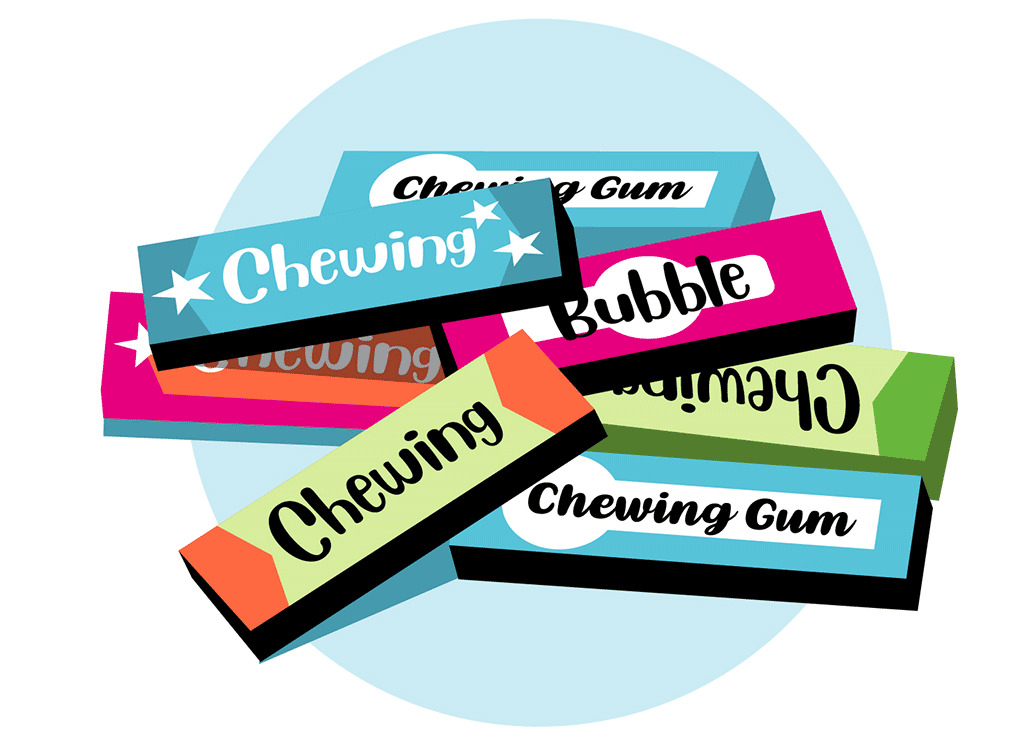
What are Sugar Alcohols? Sugar alcohols are a type of sweet carbohydrates. They look and taste like sugar, but have fewer calories and fewer negative health effects. Despite the “alcohol” in the name, sugar alcohols do not contain ethanol. Sugar Alcohols and Blood Glucose Because sugar alcohols are hard for the body to digest, the…
-
Correction Factor

Correction Factor A correction factor is used to calculate your correction dose, which is used to correct high blood glucose levels before a meal. The correction factor (CF) is added or subtracted to the prandial bolus insulin dose. Your Diabetes Educator will give you your individualized CF. Calculating A Correction Dose Amir’s premeal target blood…
-
Be Careful About Stacking Insulin
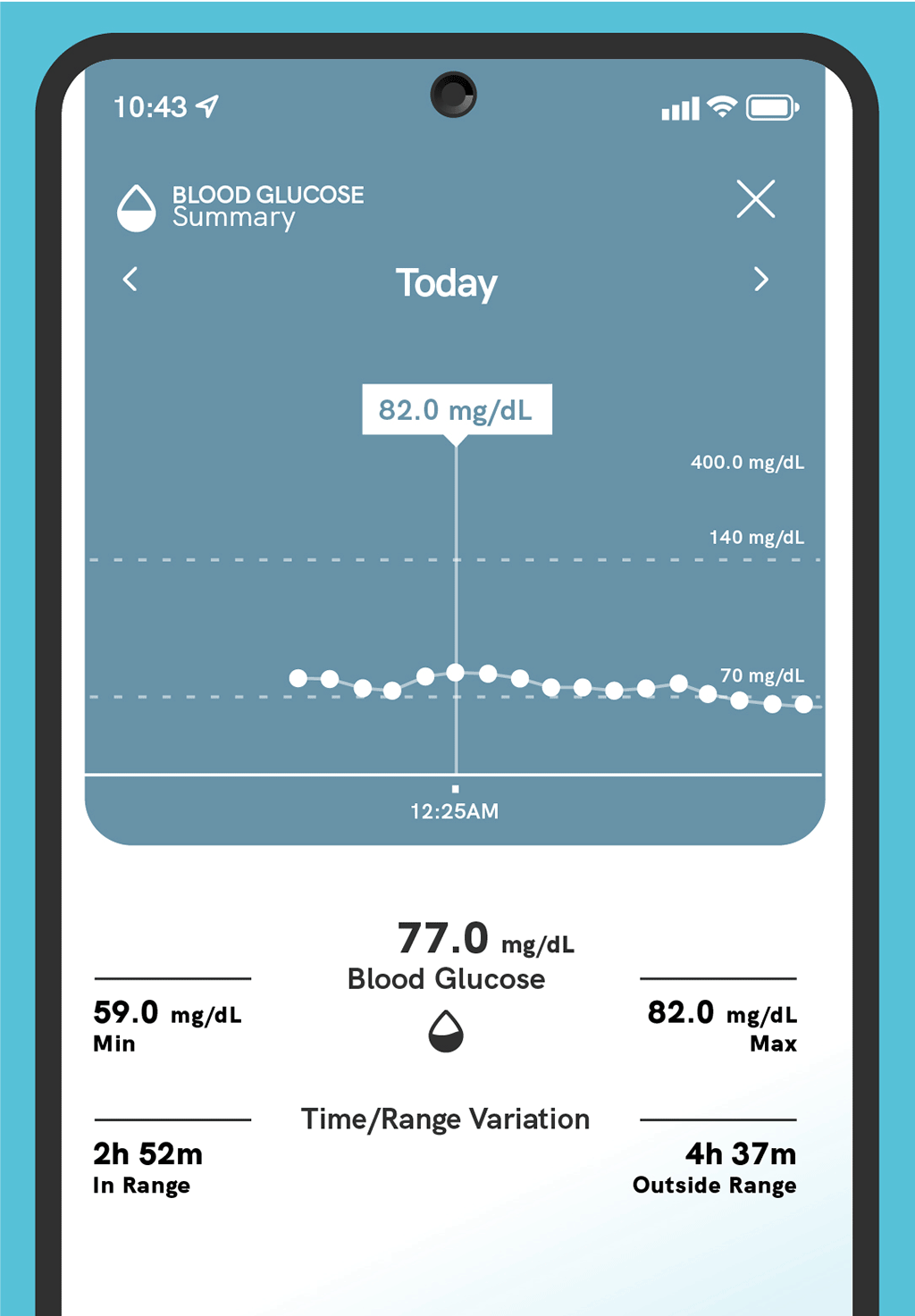
Be Careful About “Stacking” Insulin Sometimes you may be tempted to take more insulin while your last dose is still in your bloodstream. Perhaps your blood glucose hasn’t come down as far as you expected, and you think that just a little more insulin will solve the issue. This is called insulin stacking, over- bolusing…
-
Insulin-To-Carbohydrate Ratio
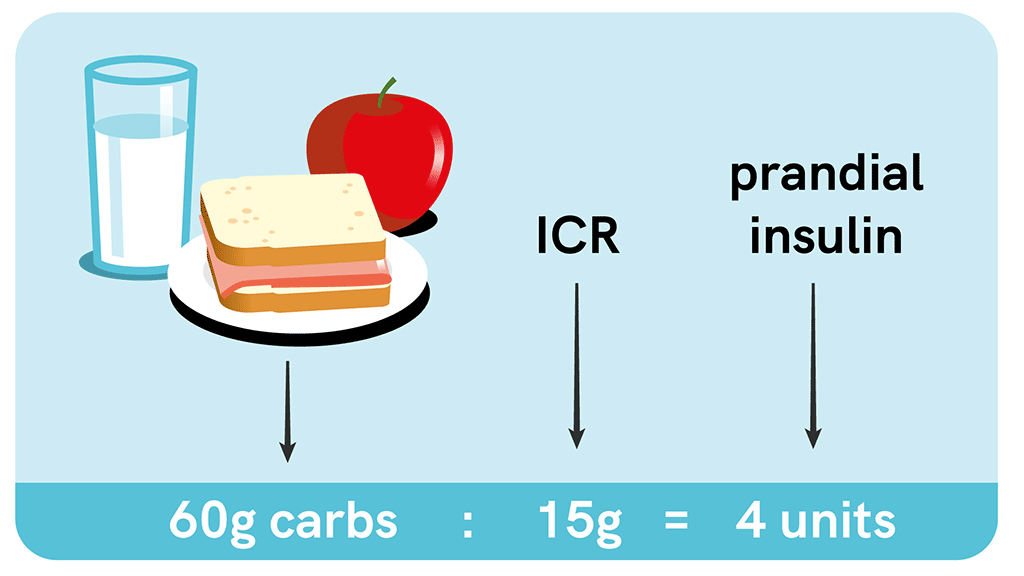
What is an Insulin to Carbohydrate Ratio? The insulin-to-carb ratio can help understand how much rapid- or short-acting insulin is needed to metabolize the amount of carbs consumed at a meal or snack. It allows greater flexibility in lifestyle and can improve glucose control. Insulin to carbohydrate ratio (ICR) and insulin correction factor (ICF) calculation…
-
Basal-Bolus Insulin Therapy Terms You Need To Know
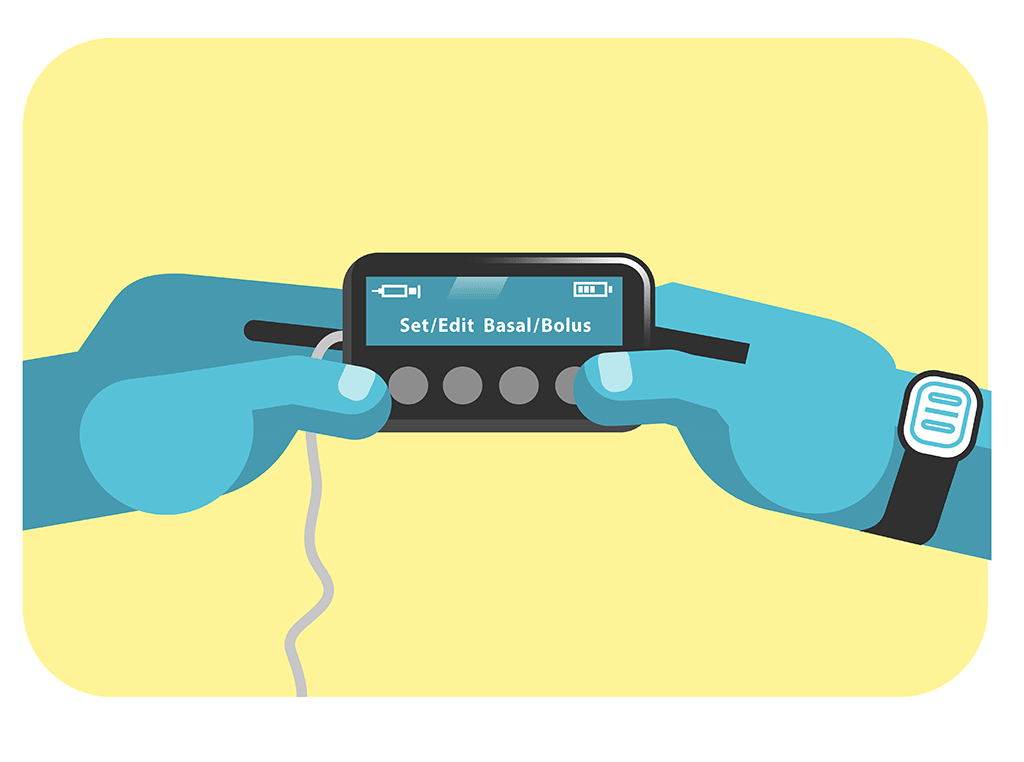
Total Daily Dose (TDD): The total amount of all types of insulin you take in 1 day. TDD is often estimated at 50% basal and 50% bolus to start with, but this can vary and will change over time. Insulin-to-Carbohydrate ratio ICR: A math formula that tells you how much rapid-acting bolus insulin you need…